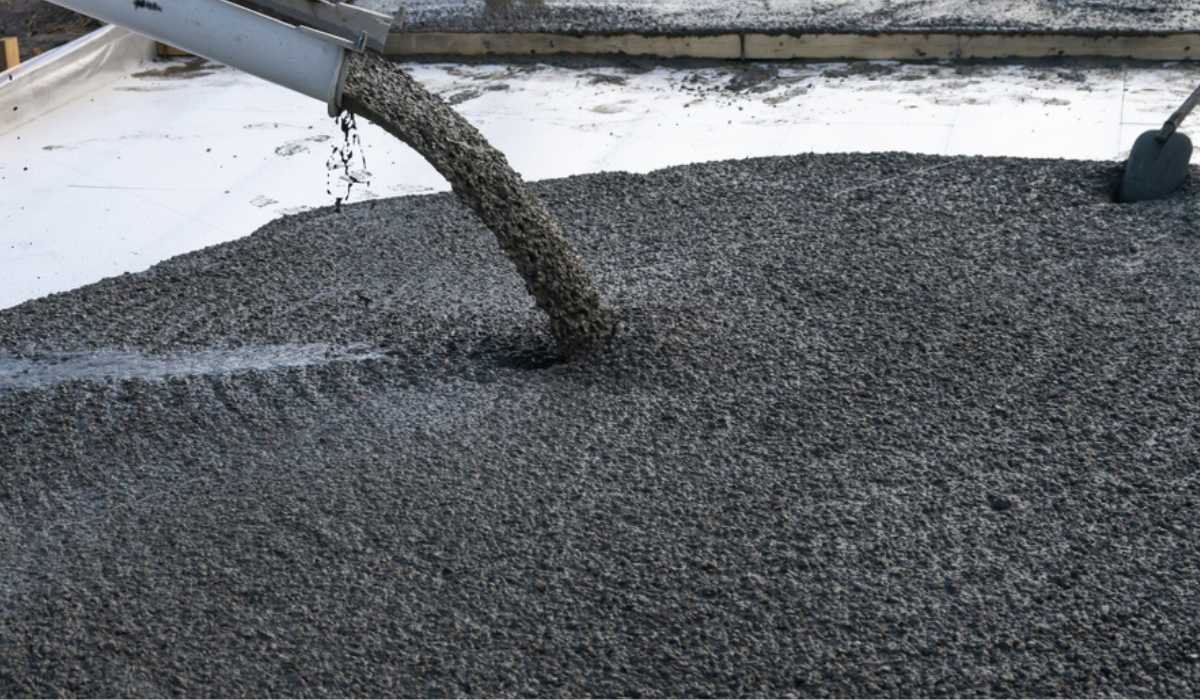Ingenious Concrete Style: Improve Your Building with Custom Concrete Work
Wiki Article
Introducing the Eco-Friendly Advantages of Utilizing Recycled Concrete in Lasting Building And Construction Practices
In the realm of sustainable building methods, the application of recycled concrete stands as a critical yet commonly undervalued source. Past its traditional applications, recycled concrete deals a myriad of environmentally friendly advantages that prolong far beyond the boundaries of typical building and construction materials. From minimizing environmental impact to boosting cost-efficiency, the effects of integrating recycled concrete in sustainable structure techniques are considerable. This versatile product not only addresses pressing ecological worries but additionally offers a feasible service to the obstacles dealt with by the construction sector at big.Environmental Advantages
Undoubtedly, one of one of the most substantial benefits of utilizing recycled concrete is its positive effect on the setting. By including recycled concrete right into building practices, there is a substantial reduction in the need for new basic materials, bring about preservation of natural deposits. This process assists in protecting aggregates, water, and energy that would have been utilized in producing brand-new concrete. In addition, making use of recycled concrete lessens the amount of waste being sent to land fills, consequently decreasing environmental air pollution and relieving the stress on landfill abilities.

Moreover, the production of conventional concrete is a considerable source of carbon exhausts as a result of the energy-intensive process of cement production. On the other hand, recycled concrete has a lower carbon footprint as it lowers the need for new concrete production. This decline in carbon exhausts adds to mitigating climate change and sustains sustainable construction techniques. Generally, the environmental benefits of using recycled concrete are substantial and play a vital function in advertising environmentally friendly building techniques.
Cost-Efficiency
Achieving cost-efficiency is a vital consideration when analyzing the usage of recycled concrete in building and construction projects. Among the key advantages of making use of recycled concrete is its cost-effectiveness compared to conventional concrete. The production of recycled concrete entails less energy and sources as it utilizes existing materials, minimizing the total project expenses significantly. Furthermore, the schedule of recycled concrete in your area can further reduce transportation expenditures, making it an extra economical option for building tasks.In addition, the usage of recycled concrete can lead to savings in landfill costs by diverting concrete waste from disposal sites. This not only decreases the environmental effect however also gets rid of the prices associated with waste elimination. The sturdiness and performance of recycled concrete are comparable to conventional concrete, ensuring that price financial savings do not jeopardize the high quality of the building.
Resilience and Strength
Recycled concrete deals comparable, if not remarkable, durability and stamina residential or commercial properties to typical concrete - Concrete. try this Through innovations in processing methods and top quality control, recycled concrete can meet or surpass the efficiency requirements of conventional concrete.
Waste Decrease
When it comes to utilizing recycled concrete, waste reduction is an essential benefit that contributes considerably to environmental preservation. By including recycled concrete right into building jobs, this waste is repurposed and diverted from landfills, reducing the total ecological effect of building activities.Furthermore, the usage of recycled concrete can lead to set you back savings for building and construction jobs, as it is typically a lot more cost effective than sourcing and moving new products - Concrete. In final thought, waste decrease through the use of recycled concrete is an essential element of lasting building and construction methods that profits both the environment and the construction sector as a whole.
Energy Conservation
When it comes to using recycled concrete in construction, considerable energy savings are achieved contrasted to traditional concrete production. The procedure of creating recycled concrete includes reusing and crushing existing concrete materials, which takes in much less energy than mining, handling, and moving raw products for brand-new concrete manufacturing.Final Thought
In conclusion, the utilization of recycled internet concrete in lasting building practices supplies many environmental advantages, cost-efficiency, longevity, stamina, waste reduction, and power conservation. By including recycled concrete right into construction tasks, we can add click for info to a more lasting and environmentally pleasant future. It is vital for the construction sector to focus on using recycled products to help in reducing the environmental impact of construction activities.One of the essential advantages of making use of recycled concrete is its cost-effectiveness compared to traditional concrete.Additionally, the use of recycled concrete can lead to financial savings in landfill prices by diverting concrete waste from disposal websites. The longevity and efficiency of recycled concrete are comparable to standard concrete, guaranteeing that price savings do not jeopardize the top quality of the construction.

Report this wiki page